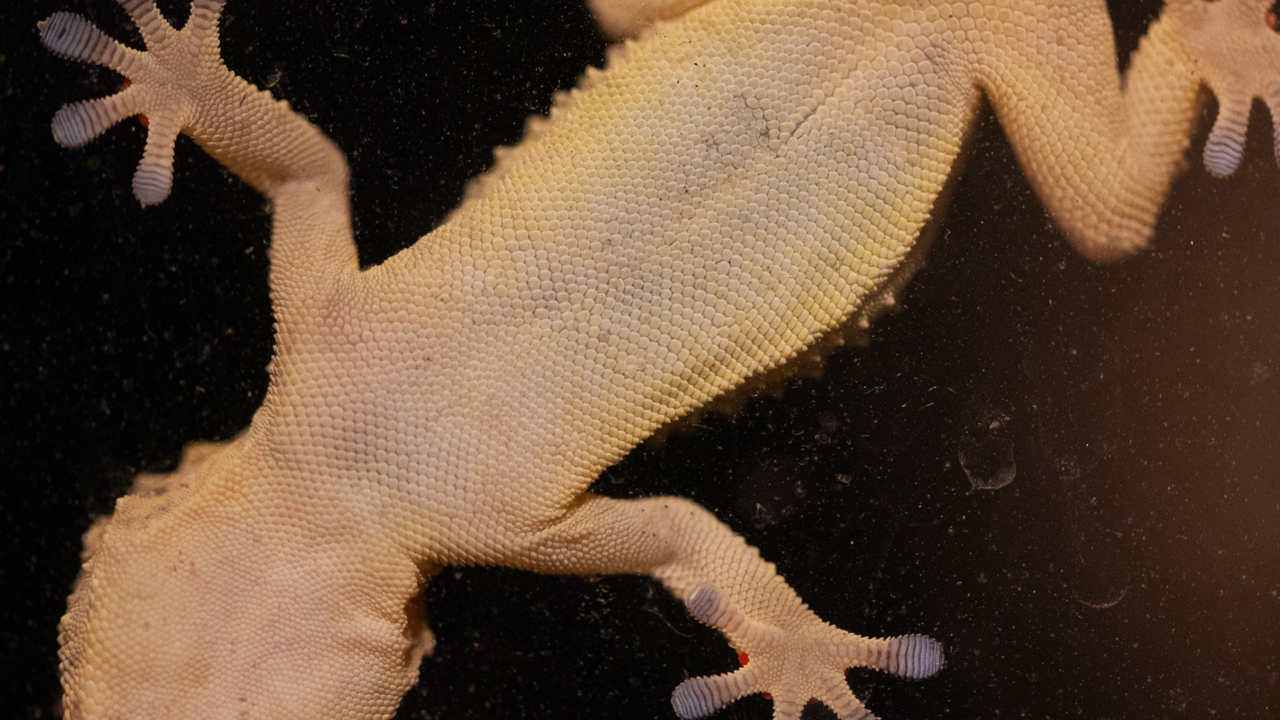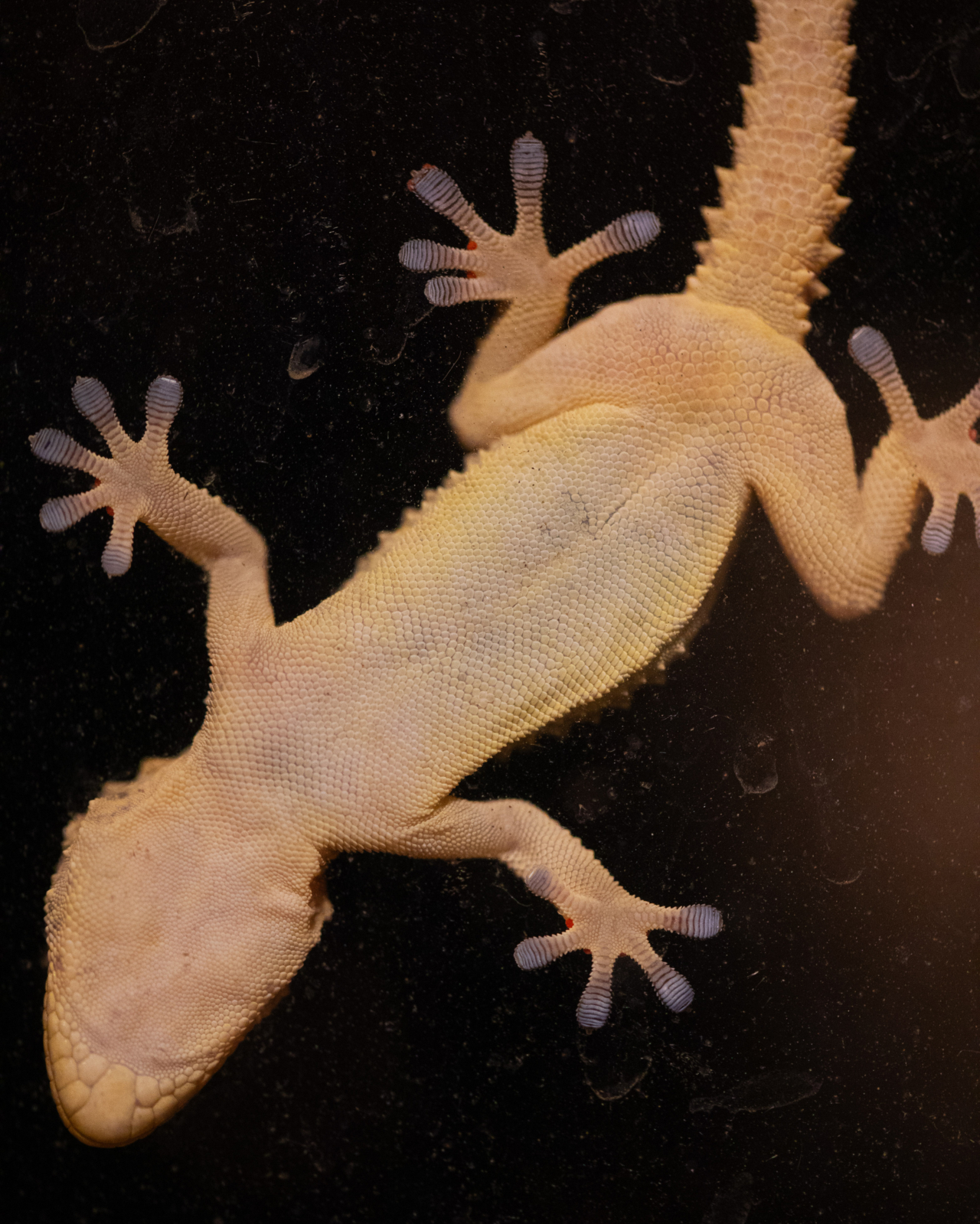

Photograph by Sebastian Mast / Connected Archives
words by willow defebaugh
“We are healed of a suffering only by experiencing it to the full.”
—Marcel Proust
While nature teems with gnashing teeth and claws, gore and violence, she also offers plentiful reminders that repair is possible. In biology, regeneration refers to an organism’s capacity to regrow what has been lost. This can vary vastly in size and scale, from those that can replace limbs to those that can grow half of their bodies back. And while a few species are widely known for such miraculous feats, examples of regeneration appear all across the tree of life.
Planarian flatworms offer perhaps the most dramatic display of regeneration. They are capable of regrowing heads and tails when severed at either end. In their case, healing is a step-by-step process. First, the head is formed complete with a brain and eyes. This process then triggers the growth of the pharynx, followed by the reproductive organs further down. In other words, each stage of the regenerative process is crucial in allowing the next to unfold.
Regeneration is common among arthropods. Insects, spiders, and crustaceans such as lobsters and crabs have the ability to regrow limbs that they have lost. In their case, this healing process is intertwined with molting—the shedding of the exoskeleton from their previous life cycle. For insects, the new limb grows beneath the surface, only to be fully unveiled the next time the creature molts. Sometimes healing looks like that: unseen until a shedding occurs.
Starfish can regrow any of the five pointed limbs that unfurl from their center. More astounding, though, is that certain species have been observed to achieve the reverse as well: if a single limb breaks off, the starfish can regrow a new core and limbs using the nutrients it has stored in its remaining appendage. Even when it feels as if all has been lost, it’s possible to return to center—or grow a new one.
Amphibians such as salamanders are able to grow new tails, spinal cord and all. One species, the axolotl, can regrow nearly any other body part, including limbs, eyes, and even portions of its brain—near perfect replicas of what was before. In the realm of reptiles, many lizards can also restore their tails, particularly those that have evolved to be able to detach it once caught by a predator. Even though it might feel unimaginable at the time, some losses save us.
Regeneration occurs in unlikely places, too. Fish regrow their fins, and birds replacing lost feathers is a form of regeneration (male puffins even shed and regrow their beaks after each mating season). It happens in mammals, too. Each year, deer regrow their antlers—bones initially wrapped in a velvety layer of skin that eventually sheds. Meanwhile, rabbits and bats are capable of regenerating flesh to repair holes in their ears and wings respectively.
As humans, it might not always seem so easy to grow back what we’ve lost. But we possess forms of regeneration as well, from wound healing and the reknitting of flesh to the processes by which our tissues and cells are constantly replenishing themselves. All life carries some capacity to regenerate itself. In other words, our potential to heal is what we all have in common.
On the Mend